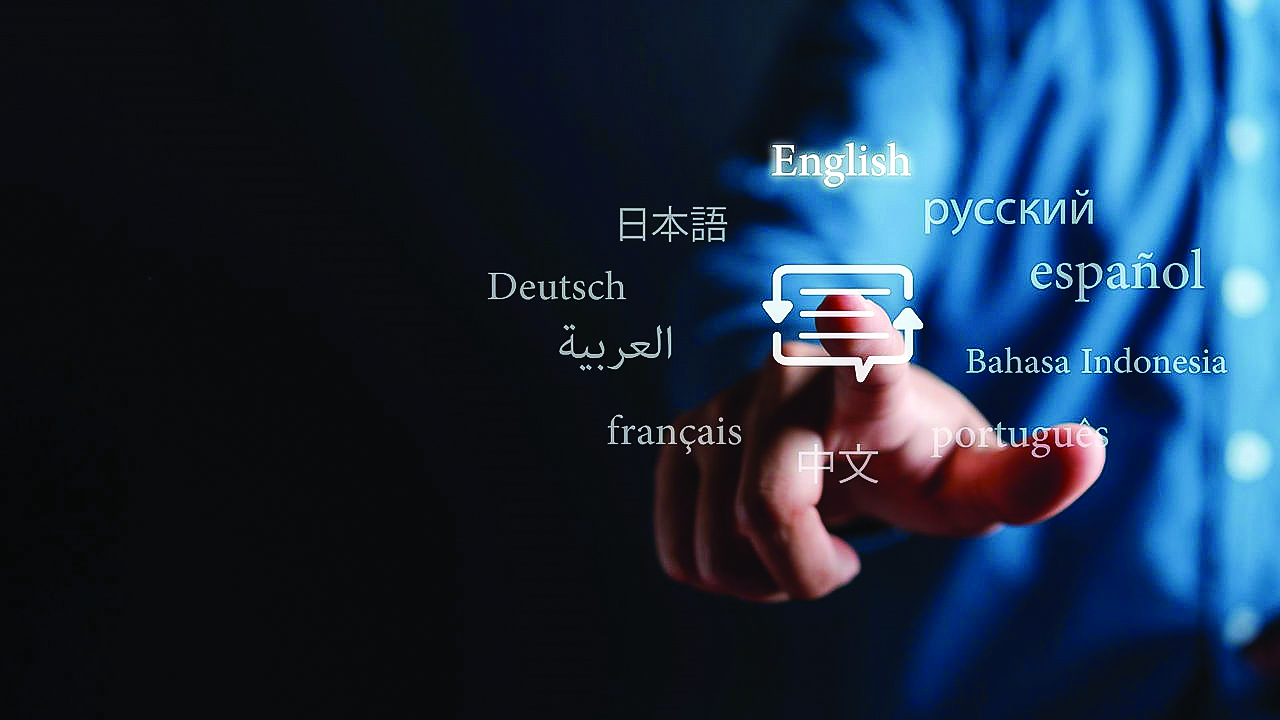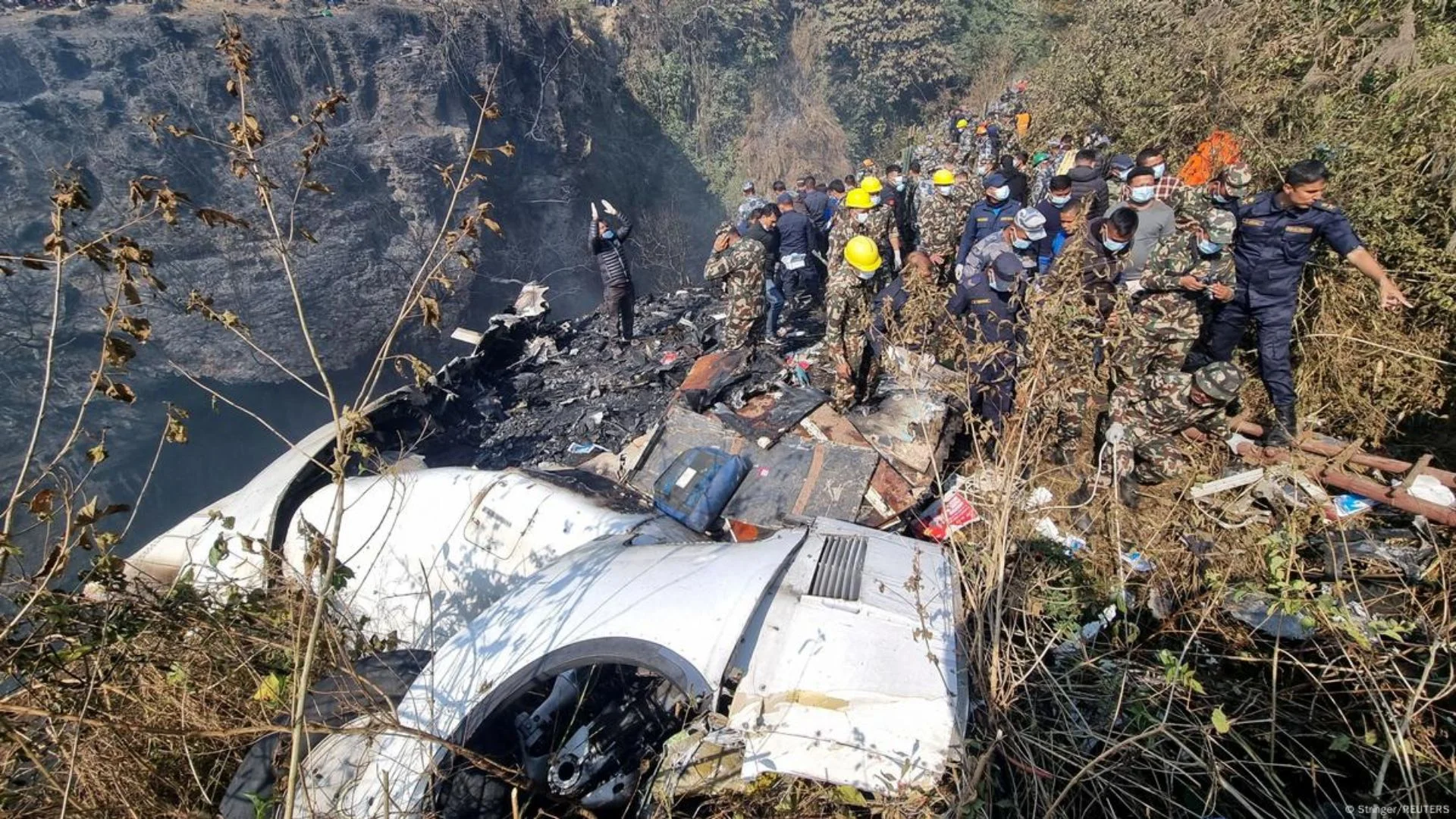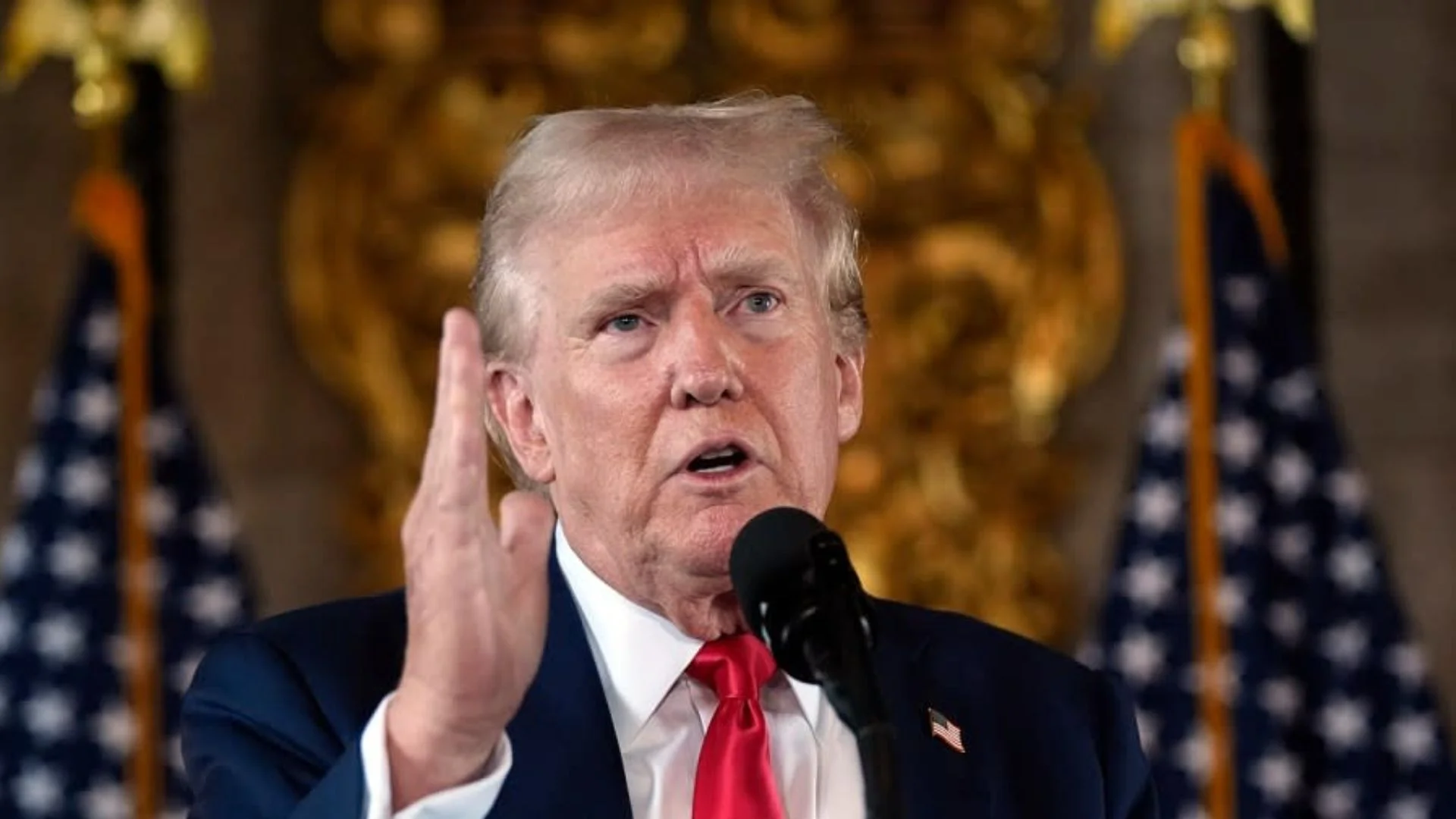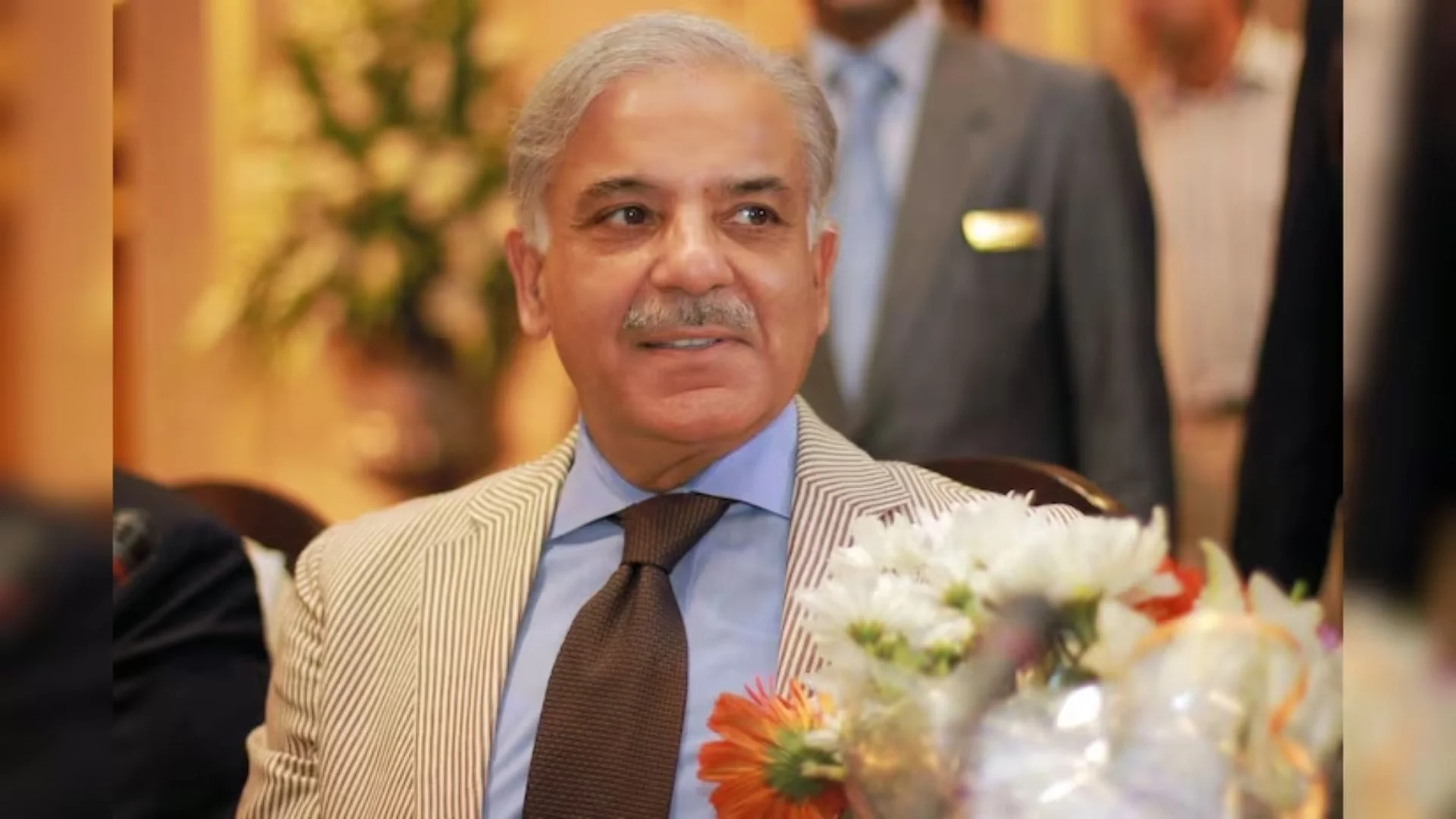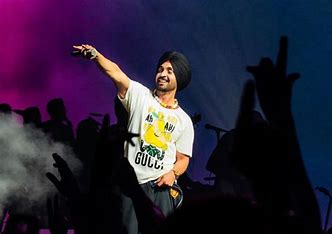Translation, a realm touched by divinity, has emerged as a mystical conduit, breaching the imposing walls of cultural and linguistic barriers. Its nimble spirit has crafted bridges, allowing for the harmonious exchange of wisdom and knowledge, spanning boundaries and frontiers in recent decades.
Through the prism of translation, the stirring tales and celestial scriptures of bygone eras have embarked on journeys along rivers of comprehensions, conquering realms both near and far. The enchantment of translation has unfurled its benevolent wings, liberating the imprisoned whispers of marginalized societies that yearned to be heard. Once confined within the archives of regional languages, these voices have now ascended to national and global acclaim through the alchemy of translation.
‘Since the end of World War II, translation has become extremely important as an instrument of inter-lingual communication,’ says Wolfram Wilss, a scholar deeply acquainted with the subject, highlighting the requirement of a delicate balance between the artistic nuances of language and the scientific precision of transferring meaning across diverse cultures.
As we embrace the “technological turn” and the advent of Machine Translation (MT) and Artificial Intelligence (AI), the backcloth of translation underwent substantial alterations. This invites us to question whether the surge in the use of MT and AI, with their technical know-how, poses a threat to the essence of the translated text, or if the original fragrance can sustain itself after undergoing the mechanical process.
In this context, postmodern theorists view translation as a cultural agency intertwined with power structures, cultural codes, sexual politics, and factors such as language, syntax, semantics, period, and the translator themselves. They assert that literal translation falls short of fulfilling its purpose. Even during Roman times, Cicero opposed the “word-to-word” translation that AI performs today and instead endorsed the idea of “sense-for-sense” translation.
Undoubtedly, advancements in MT and AI have enhanced productivity in translating simpler or routine texts. However, an overwhelming majority would admit that reliance on technology stems from the fast-paced demands of publishers and agencies, seeking to meet ever-looming deadlines. This shift towards an engagement with translation technologies, including MT and AI, may be irresistible, but it diminishes the value of human translation.
Hans-Christian Oeser, a renowned literary translator, speaks to this concern, declaring his intention to utilize electronic tools while remaining aware of the dangers they pose to his artistic autonomy. He emphasizes the need for translators to resist and reject any publishers that transform the human-aided machine translation into machine-aided human translation solely as a cost-minimizing measure. We must all embrace the spirit of the Humanities and be the Luddites of our profession!
Indeed, the human touch is irreplaceable when it comes to capturing the sensitivities, passions, and cultural intricacies that mechanical means may overlook. I firmly believe that human translators are indispensable for complex or creative works, ensuring the cultural and ethical essence is preserved.
The concern about losing the essence of a text is valid when relying solely on MT and AI. Linguist Anthony Pym reminds us in his work “Exploring Translation Theories” that translation is fundamentally an ethical discipline. There is a real danger that an overreliance on machines may cause a loss of cultural richness, poetic beauty, or historical references that are essential for fully understanding a text.
Translation, as philosopher Walter Benjamin puts it, is an art that entails taking a message from one language and rendering it comprehensible in another language, while maintaining its linguistic, cultural, and emotional impact. Nevertheless, famed translator and linguist Eugene A. Nida strives to establish translation as a science within the realm of academia.
While translation is undoubtedly an art, it also relies on scientific methodologies. Umberto Eco, a renowned semiotician, describes translation as the “art of failure,” acknowledging the challenges in capturing the precise essence of a text in another language. Linguists emphasize the importance of grammar, syntax, and semantic accuracy in effectively conveying the message.
MT and AI have made remarkable progress in automating the translation process. They employ algorithms, neural networks, and vast amounts of data to generate translations that are often swift and cost-effective. However, these technologies have limitations.
Although they excel at providing literal translations, they often struggle to grasp semantic nuances, cultural references, and context, which only human translators can truly master.
When it comes to literature in India, it is fair to say that the entire corpus of Indian literature in various languages has experienced numerous avatars of translation, including transcreation, migration, adaptation, and appropriation. In the multilingual milieu of India, “translation consciousness” and “translation culture” are deeply rooted, having also been influenced by the power dynamics of the colonial British Raj.
From the Jataka and Panchatantra Tales to epics like the Ramayana and the Mahabharata, or the Vedas and Puranas, machine translation can never fully do justice to these masterpieces. While MT or AI may prove helpful for technical texts, the rich literature of India, with its diverse cultures, will always require the human mind and heart to transfer its quintessence.
Therefore, as we embrace technological advancements, we must strike a balance that leverages the strengths of machine translation while preserving the artistry and human creativity necessary to capture the essence of a text. Translator Lawrence Venuti eloquently captures this sentiment, reminding us that translation aims to communicate something more than mere information – it seeks to transmit something that goes beyond the facts.
Dr. Shalini Yadav is a Professor, Writer, and Columnist from Jaipur, Rajasthan.

